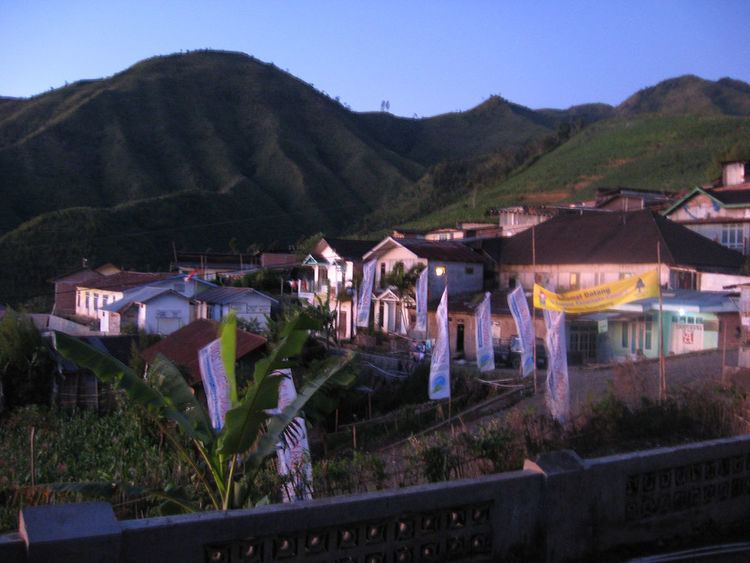 | ||
Soft light refers to light that tends to "wrap" around objects, casting diffuse shadows with soft edges. Soft light is when a light source is large relative to the subject, hard light is when the light source is small relative to the subject.
Contents
This depends mostly on the following two factors:
The softness of a light source can also be determined by the angle between the illuminated object and the 'length' of the light source (the longest dimension that is perpendicular to the object being lit). The larger this angle is, the softer the light source.
Uses of soft light
Soft light use is popular in cinematography and film for a number of different reasons:
Hard light
Hard light sources cast shadows whose appearance of the shadow depends on the lighting instrument. For example, fresnel lights can be focused such that their shadows can be "cut" with crisp shadows. That is, the shadows produced will have 'harder' edges with less transition between illumination and shadow. The focused light will produce harder-edged shadows. Focusing a fresnel makes the rays of emitted light more parallel. The parallelism of these rays determines the quality of the shadows. For shadows with no transitional edge/gradient, a point light source is required. Hard light casts strong, well defined shadows.
When hitting a textured surface at an angle, hard light will accentuate the textures and details in an object.
Fall-off
Light intensity tends to drop off over distance. For a point light source, intensity decreases as distance increases. Intensity is proportional to distance−2. For a thin infinitely long light source, intensity is inversely proportional to distance. For a light source of infinite area, intensity does not decrease at all. Generally, a soft light source does not drop in intensity as quickly as a point light source would (as distance increases).
Certain lensed lighting instruments (i.e. Ellipsoidal reflector spotlights) have a good deal of "throw" and do not lose much intensity as distance increases. These light sources tend to be more effective at large distances than soft light sources. At large distances, an effective soft light source would have to be very large. The (mostly) parallel rays of such instruments tends to cast hard shadows, unlike soft light sources.
